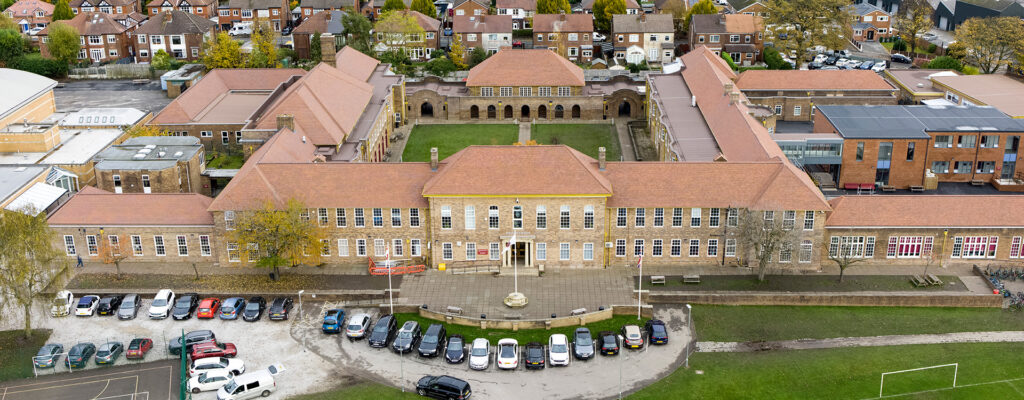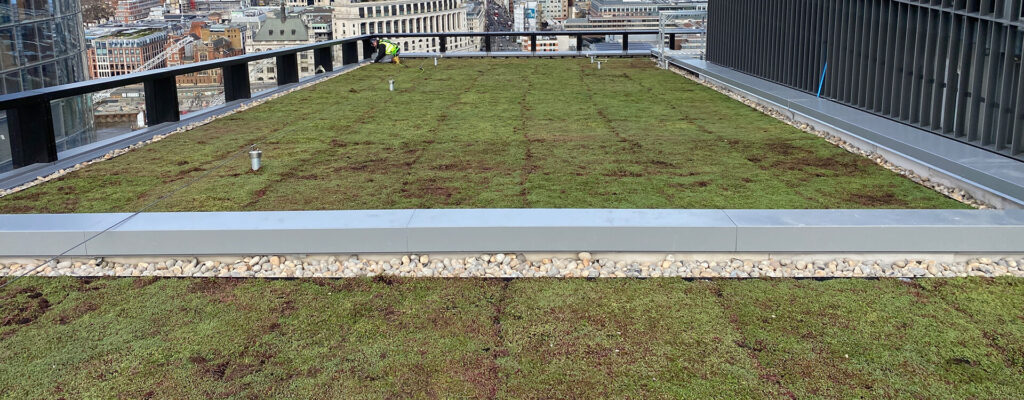Single Ply Membranes are often considered to be new technology when in fact the first single ply roofs were installed over 6o years ago.
The membranes have evolved since then with the introduction of PVC membranes in the 1960’s, the latest generation using longer lasting Phathalate Plasticisers and the introduction of TPO’s in 1990s which do not contain plasticisers. Membranes utilise the highest quality raw materials that are manufactured on the latest high-tech extrusion lines.
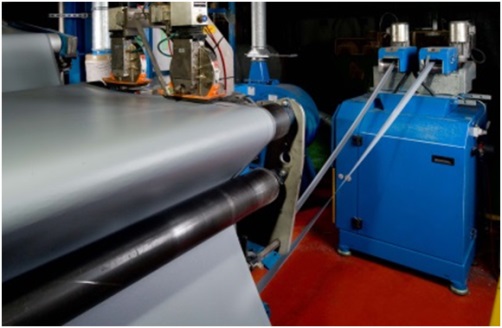

The specifier or client can draw some comfort on how long their single ply roof should last from the membranes independent testing such as a BBA certificate. Most membranes have a life expectancy of between 25 and 40 years which is in line with the service life of the building.
From my experience, most membranes are of a good quality and will outperform any manufacturer guarantee In many cases the reason for a failure is nothing to do with the longevity of the membrane but is dependent on the design, selection, and use of approved compatible components and as importantly the installer’s workmanship.
The performance and life expectancy of the membrane is obviously the key; however, it is not the only consideration. The following must also be considered and can be provided by the membrane manufacturer to avoid compromising the performance of the membrane.
1. Roof survey
On refurbishment projects it is important to know the history of the roof including the original build-up and any additional layers that have been added over time. The deck type and condition must also be confirmed, and any wet and saturated areas identified and rectified.
Installing a new roof over an existing roof which is in poor condition will only compromise the new installation, resulting in a potential failure over time.
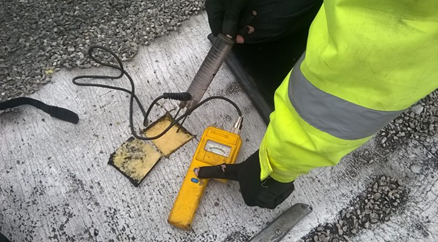
2. System design

The roofing contractor rarely turns up on a commercial flat roof and installs a single ply system without guidance from the membrane manufacturer. It is important that the system is designed correctly and installed as per the roofing specification.
The roof design would include a roof specific wind–up lift calculation dictating the number of fixings needed – if being mechanically fixed – and thermal calculations confirming the required insulation thickness. The building use will have an impact on the type of AVCL (air vapour control layer).
3. Ancillary components
It is important to ensure that all the correct and compatible components are used within the system build-up. Incorrect or non-compatible items could compromise the membrane and the attachment of the system.
AVCL – There are two main AVCL types used in the flat roofing industry: bitumen based, or polythene based. On high humidity buildings or concrete decks, bitumen based AVCL’s are normally the first choice.
This allows for a foil lined AVCL to combat condensation and the ability to install a fully adhered system.
Polythene AVCL’s are ideal for metal and timber decks on low humidity buildings when the insulation and membrane are mechanically fixed. It is not possible to bond onto a Polythene AVCL or provide temporary protection from the elements.
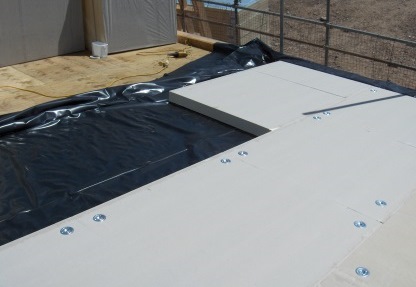
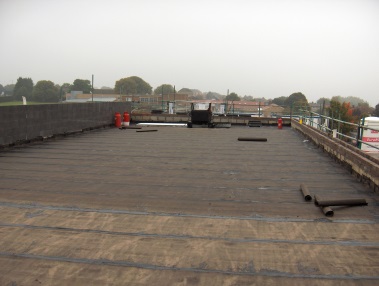
Adhesive – There are several adhesive types on the market, it is important to select the right adhesive which is compatible with the membrane and substrate. Solvent based adhesives are primarily used on non-fleeced backed membranes but are not compatible with EPS, XPS boards or bituminous surfaces.
Current low foaming PU adhesives are used on fleece backed membranes only and multipurpose 2-part PU adhesives are now available allowing non-traditional applications such as strip bonding.
If bonding directly to an existing waterproofing layer which has a reflective or waterproofing coating, a test bond must be carried out to confirm the suitability.
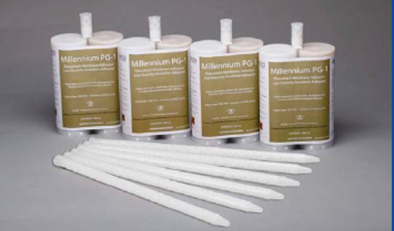
Fixings – Not all fixings can be used on every deck. There is the option to have a universal fixing that is suitable for metal and timber decks, but they would not be suitable for fixing into concrete or aluminium decks. New concrete or existing decks must have a fixing pull out test to confirm the condition of the deck.
Once a suitable fixing has been selected, the correct tooling is needed to ensure the fixing is applied correctly and not over tightened which will result in a failure.
Insulation – Selecting the correct insulation is an important factor. How the insulation is being attached will have an impact on the size of the board. When adhering multi-layer aluminium faced insulation, using the right adhesive is important. When adhering directly to the surface of the insulation, the facing and membrane type will have to be considered.
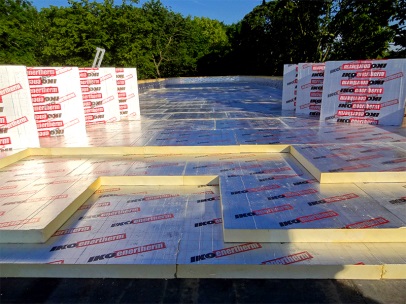
4. Trained labour
All singe ply membranes are only as good as the person installing them. In the hands of an untrained operative, the membrane and system could start suffering very quickly.
All responsible membrane manufacturers provide installer training, ensuring that the operatives are equipped with the relevant skills and knowledge to install the membrane and system competently.
Support is also extended to the site with the many membrane manufacturers providing site inspections via Field Engineers. They are available to give guidance on new products, techniques, and detailing advice.
Typically, a roofing project is inspected 2 or 3 times during the installation. Once the project is completed satisfactorily, the Field Engineers pass the project for guarantee.
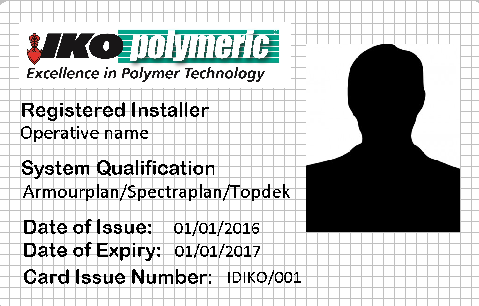

As you can see, there are many items to take into consideration and it is key that you engage with a responsible manufacturer who are experts in their field, are able to survey and design your roof by offering all the required components and only allowing their membranes to be installed by approved contractors.
A good place to start when choosing a manufacturer is SPRA (Single Ply Roofing Association).

